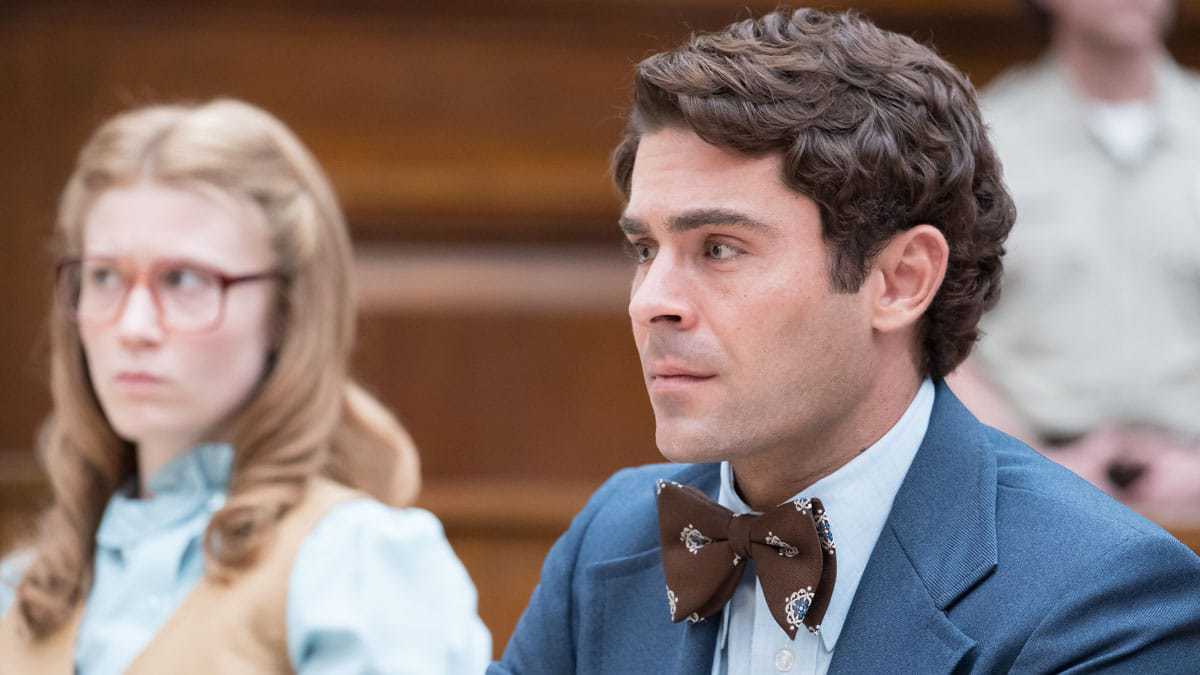Why ‘Extremely Wicked, Shockingly Evil and Vile’ got the Bundy biopic right

The newest Ted Bundy biopic dropped on Netflix over the weekend and it has everyone talking for all of the right reasons.
Extremely Wicked, Shockingly Evil and Vile follows the crimes and courtroom drama of Ted Bundy (Zac Efron), but what makes this movie stand out from the rest is that it tells the story from his girlfriend Liz Kendall’s (Lily Collins) perspective.
The film was directed by Joe Berlinger, the same guy that directed Conversations with a Killer: The Ted Bundy Tapes. So this already had me confident that Berlinger would get it right and he did exactly that.
As someone who is currently getting his master’s degree in psychology, this movie caught my interest as soon the first trailer was released. There were some critics worried that by casting Efron, it would seem like the intention was to portray Bundy as a heartthrob. I can tell you that this was not the case at all.
First of all, this was Efron’s best acting role to date in my opinion. Efron is a good looking guy, as was Bundy, but that’s the only similarity the two shared. Efron really channeled the manipulative, calculating, menacing, and downright evil parts of Bundy’s personality. He likely studied old trial footage as well as the tapes to get the mannerisms exactly right and make sure that the impact of Bundy being an evil and manipulative criminal stuck with viewers.
As the film went into the trial portion, we see Ted fire his lawyers and represent himself. This causes the courtroom to turn into a circus as TV cameras are allowed in and Ted is enjoying every minute of it. Efron does a solid job portraying Bundy’s attention seeking persona as he literally starts running the trial, even striking a witness’s testimony.
Efron’s performance was great but Collins’ portrayal of Liz Kendall might even be better. Remember, as much as this movie was about Ted Bundy, it was also about his girlfriend and everything she went through. Collins did a phenomenal job giving life to Kendall as she displayed the emotion of a damaged women that is looking to let a monster go and take control of her life.
The camera work was also another tick in the box for the movie. During the trial scene, Bundy is speaking and the camera slowly zooms in, really wanting to make the viewer feel like Bundy was speaking directly to you, wanting you to believe his words, and believe his lies.
One thing I am really glad Berlinger did not do was show Bundy committing the heinous and violent murders on screen. Showing the killings on screen would have not only been disrespectful to the victims but it would made it just another serial killer movie.
The best example of this was the final scene, before Bundy was sent to die in the electric chair. Liz comes to visit him in prison, asking him to release her and confess what he did. Bundy sticks to the lies and deceit to the very end.
“Deny, deny, deny,” he would tell himself.
In a quick second, Liz showed a photo of one of his victims, asking him a question. Bundy then chillingly wrote on the glass partition, “Hatch Saw”. Berlinger did not need to force viewers into seeing the murders on screen. Instead, he showed us what a sick and twisted person Ted Bundy was and left it to the viewers to picture the crime in their head, a true psychological test for one of the most notorious serial killers of all time.
The only faults I found with the film were the plot seemed to move in and out of sequence, which made it a little hard to follow at times. The movie begins just days before Bundy’s execution and in the span of 20 minutes we see Bundy meeting Liz and the trial starting. Talk about fast paced.
Overall, “Extremely Wicked” got things right when it came to how it portrayed Bundy as a person and not by showing the horror. The real horror of all this was Ted Bundy himself.
What did you make of the film? Let me know in the comments below!
Extremely Wicked, Shockingly Evil and Vile is currently streaming on Netflix.